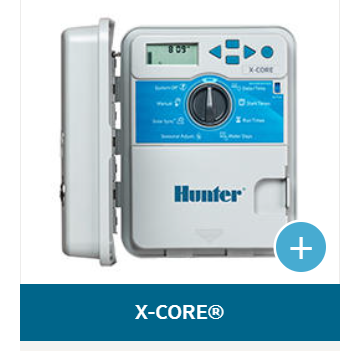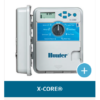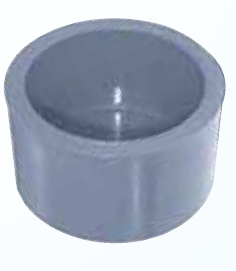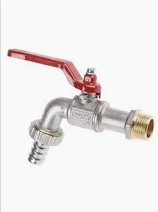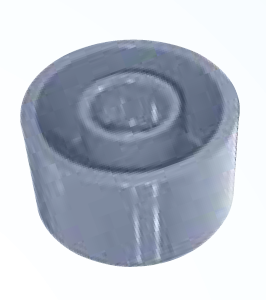Irrigation timer or controller is an electronic device used to automate and schedule watering in irrigation systems. It is designed to control the flow of water to specific zones or areas, allowing for efficient and consistent irrigation of gardens, lawns, landscapes, and other green spaces.
Key features and functions of an irrigation timer or controller include:
Programmable Scheduling: The timer allows you to set specific watering schedules for each zone, specifying the days of the week and the start times for watering. This flexibility helps optimize water usage and ensures plants receive adequate hydration.
Multiple Zones: Most irrigation controllers support multiple zones, allowing you to divide your landscape into different areas and customize watering schedules for each zone based on its water needs.
Duration Control: The timer enables you to set the duration of watering for each zone, controlling how long water flows to that specific area.
Manual Override: Many controllers offer a manual override option, which allows you to start or stop watering immediately outside of the programmed schedule when needed.
Rain Delay or Sensor Compatibility: Advanced controllers may come with a rain delay feature or compatibility with rain sensors, automatically pausing or adjusting the watering schedule based on current weather conditions.
Battery Backup: Some controllers have a battery backup to retain the programmed settings during power outages.
Easy Installation and Setup: Most modern irrigation timers are user-friendly, with straightforward installation and setup processes.
Remote Control: Some models offer remote control options through smartphone apps or Wi-Fi connectivity, allowing you to adjust watering schedules and settings remotely.
Using an irrigation timer or controller can save time and water, prevent overwatering, and promote healthier plant growth by providing consistent and efficient irrigation. The choice of a specific irrigation timer or controller depends on the size of your irrigation system, the number of zones you have, and any additional features you may require. Before purchasing, consider your specific needs and check for compatibility with your existing irrigation setup.
Top of Form
